An important question: what pressure should there be in a closed heating system?
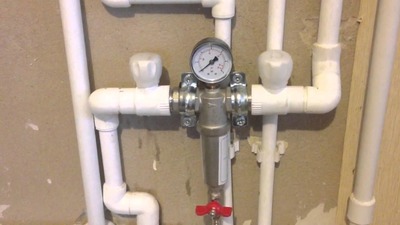
Heating system closed type is especially popular, as it provides for a complete isolation from atmospheric flows, and the placement of the expansion tank is also allowed on any site.
In addition, there is the possibility of using small diameter pipelines.
Content
Why do you need pressure in a closed heating system?
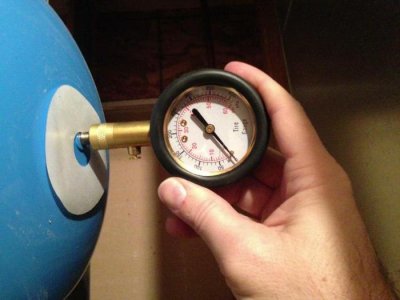
Standard pressure values contribute to the efficient and smooth operation of the entire heating system.
Guarantees her high efficiency and uniform distribution of the coolant through pipes in all rooms.
Pressure level sets the parameter of the water pressure speed. The heat exchange process in the system, its intensity and its final efficiency directly depend on this.
Pressure stabilization reduces the heat loss rate, and the liquid entering all elements of the heating system maintains the same temperature as it received as a result of heating.
Benefits of a Circulation Pump
Including such a device in the heating system has the following advantages:
- It is allowed to use as a heat carrier both water and antifreeze. This ensures that the entire system will not freeze.
- Due to the fact that the circulating fluid moves with increased speed, it does not have time to cool down. At the same time, the hot water boiler will operate in an average gentle mode.
- Such a heating system does not stop functioning even in off-season period, when the temperature of the coolant decreases.
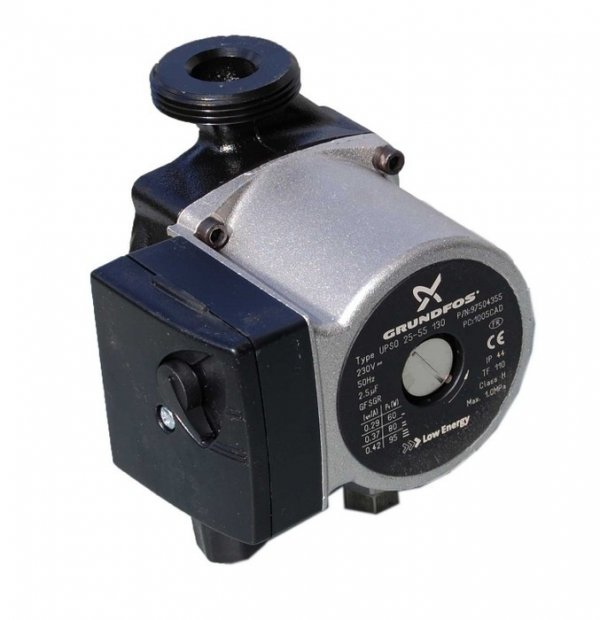
Photo 1. Circulation pump model UPS 25-60, material - cast iron, manufacturer - Grundfos, Denmark.
- The length of the heating circuit is determined exclusively power parameter of the circulation pump and technical characteristics of additional devices of the system.
- The connection of radiators is made both single-pipe and double-pipe systems.
What should be the performance indicators?
In this case, the indicator is determined from several values. Due to the presence of a circulation pump and additional elements in the heating (for example, an expansion membrane tank), it is formed dynamic pressure, and the static one determines the vertical (altitude) level of the liquid column. Summation these two indicators gives the final working pressure of a closed-type heating system.
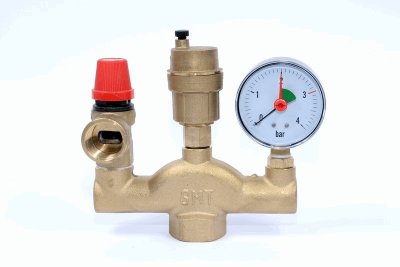
The norm for such a parameter is the value at 1.5-2 atmospheres for houses consisting of from 1 or 2 floors. The increase in pressure indicator directly depends on the increase in the number of floors.
The upper peak value is set by the weakest node in the heating circuit. This is the hot water boiler. Its limit is 3 atmospheres.
Multi-story buildings widely use radiators and pipes that can withstand powerful water hammer. In such systems, the pressure varies in the range from 20 to 100 atmospheres.
Why is it falling?
Problems of this type often arise due to various reasons.
Leak with and without cracks
The reasons for its formation are:
- the appearance of a violation in the structure of the expansion tank due to the formation cracks in its membrane;
Reference! The problem is identified by squeezing the valve with a finger. If there is a problem, the coolant will leak out of it.
- the coolant is coming out through a coil or heat exchanger of the DHW circuit, Normalization of the system can only be achieved by replacing these elements;
- emergence microcracks and loose fixation of heating system devices, such leaks are easy to detect during visual inspection and are easy to eliminate on your own.
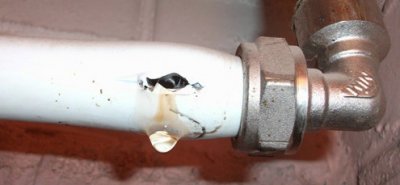
If none of the above reasons are present, it is possible standard boiling of liquid in the boiler, and its outlet through the safety valve.
Release of air from the coolant
This type of problem occurs immediately after the system is filled with liquid.
To avoid formation air locks such a process must be carried out from its lower part.
Attention! This procedure requires extremely cold water.
Air masses dissolved in the coolant could appear during the heating process.
To normalize the system operation, the following is used: deaeration using a Mayevsky crane.
The presence of an aluminum radiator
Batteries made of this material have an unpleasant feature: the coolant reacts with aluminum after they are filled. Oxygen and hydrogen are formed.
The first one creates oxide film from inside the radiator, and the water supply is removed using Mayevsky taps.
Important! The formation of an oxide film contributes to the further preservation of the system and the problem disappears. in a couple of days.
Common reasons
These include 2 main cases:
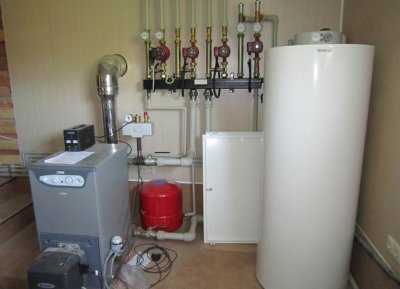
-
Circulation pump failure. If you stop it and the automatic regulation, then maintaining stable values manometer point to precisely this reason.
If the pressure gauge readings decrease, it is necessary to look for a coolant leak.
- Regulator defect. When checking its serviceability and subsequent detection of faults, such a device must be replaced.
How to adjust in a closed system with an expansion tank
This indicator is monitored visually using pressure gauges. They are mounted at the inlet and outlet of the boiler, at the very bottom and at the very top of the heating system (in a multi-story building), after three- or two-way valves, tees.
When the pressure gauge reaches a critical value, it is necessary to use safety valves. They allow the pressure to drop to the required level. They are installed in the supply pipeline after the boiler. In addition the two above mentioned devices, The security group also includes air vent.
The system must have relief and bypass valves fixed on the bypass.
Important! It is worth paying attention to the pressure in the air chamber of the expansion tank. It must not be allowed to exceed the value at 1.5 atmospheres.
Useful video
Check out this video that explains what the pressure in your heating system should be.
The Importance of Identifying the Problem
Pressure is an important factor, and the sooner and more competently you determine the reason for its depression and eliminate it, the less likely it is failure of the entire heating system.






